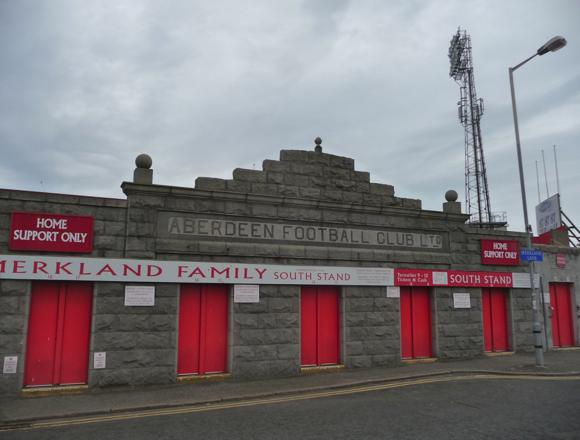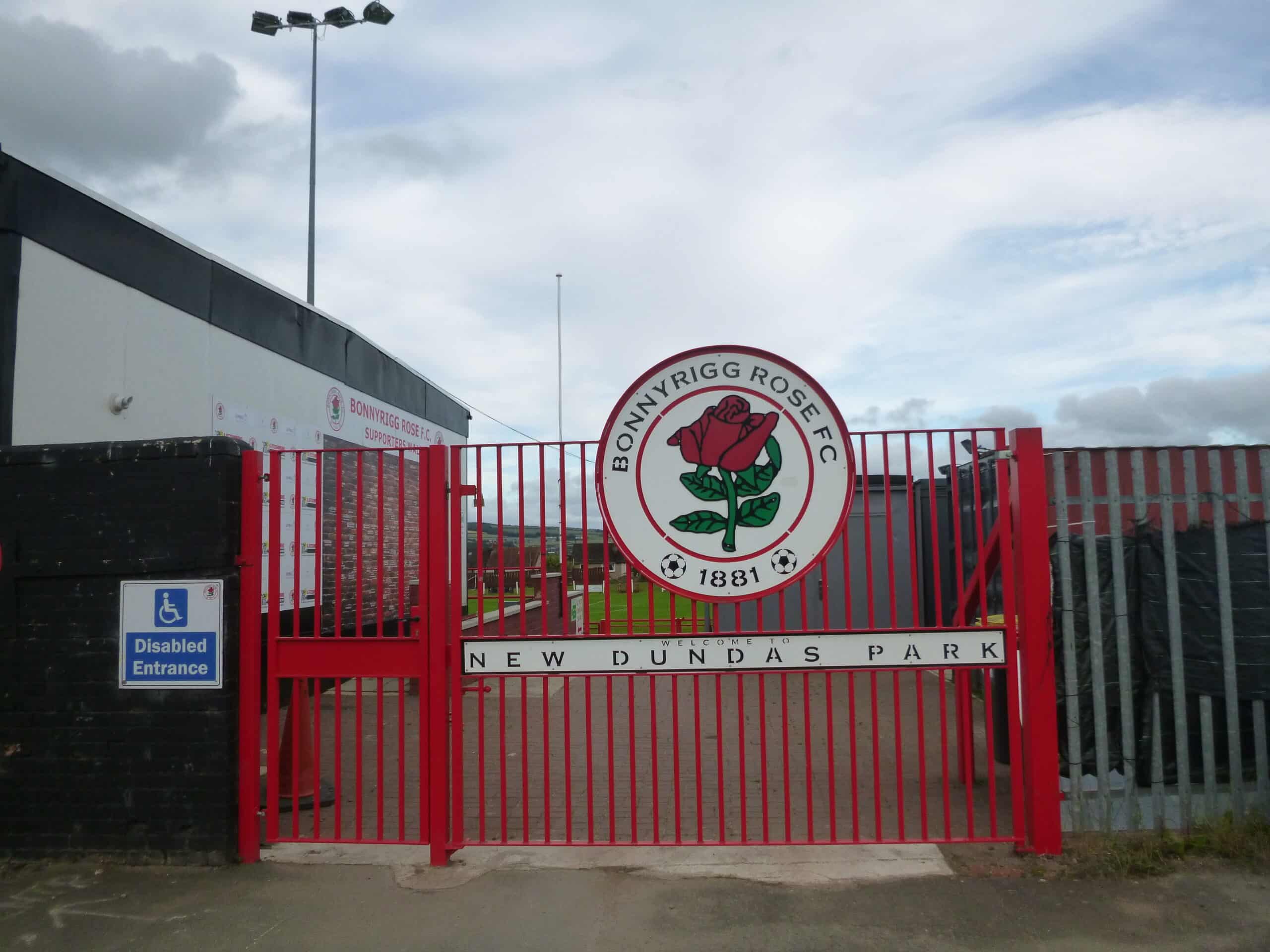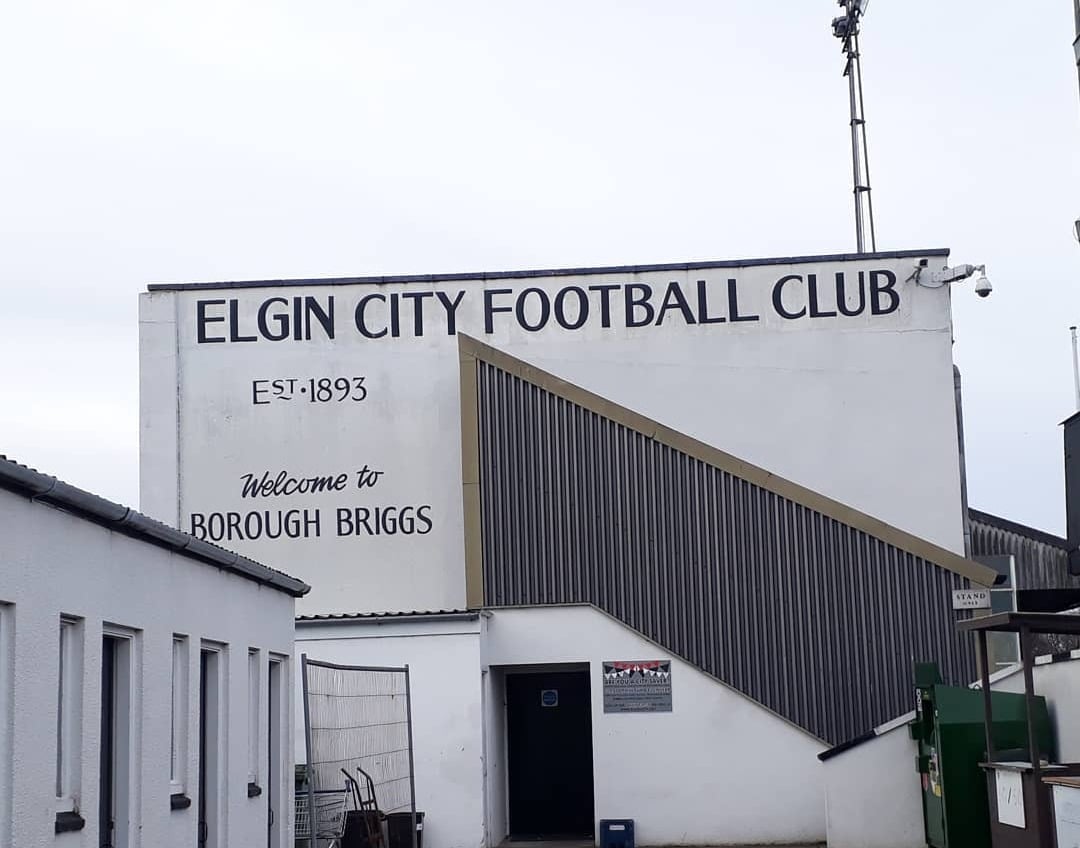A fan’s guide – the club from early doors to today
It may be 40 years since Aberdeen last won the title but the Dons have been a solid presence in Scotland’s top tier and Europe, too. Now trailing at least one of Edinburgh’s rival teams, not to mention Glasgow’s, Aberdeen await the kind of momentum that might result from the construction of a new stadium, planned since the early 2000s.
In the club’s glory days, impetus was provided by the manager, and not just any manager. Winners of two European trophies in 1983, Aberdeen under Sir Alex Ferguson also claimed four Scottish Cups and three titles, the last in 1985.
Eighty years earlier, the Dons had been elected to the top flight. Formed by a merger of three local clubs in 1903, Aberdeen FC only began to make waves under manager Dave Halliday either side of World War II.
The former Sunderland striker brought in inside-forwards George Hamilton and Harry Yorston to make three Scottish Cup finals, winning one in 1947. In 1955, Aberdeen won their first league title, with goals from Paddy Buckley and later Fulham star Graham Leggat.

Not invited to the inaugural European Cup, Aberdeen had to wait until 1967 for a first European appearance. Another came after the Scottish Cup win of 1970, the prolific Joe Harper also starring in the League Cup final win of 1976. In his two stints at Pittodrie, Harper scored 199 goals in 300 games, a club record.
Frequently qualifying for Europe but making little headway, the Dons hired Alex Ferguson as manager in 1978.
Despite a shaky start, Ferguson turned things around by winning the league in 1980. With stalwart Bobby Clark in goal, Stuart Kennedy, Alex McLeish and Willie Miller at the back, Gordon Strachan in midfield, and Steve Archibald and Mark McGhee up front, Aberdeen broke the Old Firm’s 15-year domination of the Scottish League.
With Archibald sold to Spurs and Jim Leighton replacing Clark, Ferguson’s Aberdeen followed up with four Scottish Cups in five seasons, complemented in 1983 with two European trophies. After a memorable 3-2 win over Bayern Munich in the quarter-final of the Cup Winners’ Cup, Aberdeen beat Real Madrid after extra-time in the final, both vital games settled by goals from John Hewitt as substitute. In the pouring rain of Gothenburg, Eric Black had opened the scoring early on, only for a rare slip by McLeish to let Real through.

Ferguson made sure his old guard comprised the trophy-winning squad, even including the injured Kennedy as a non-playing substitute.
That December, Aberdeen beat Hamburg to win the Super Cup – then claimed back-to-back league titles in 1984 and 1985.
After Ferguson left for Manchester United in 1986, the management team of Alex Smith and Jocky Scott kept Aberdeen in the hunt. With Charlie Nicholas up front, and still with the centre-back pairing of McLeish and Miller, Smith and Scott’s Dons made three cup finals, winning two.
In 1991, with Hans Gillhaus, Jim Bett and Scott Booth, AFC came within 90 minutes of beating an all-conquering Rangers side to the title.
Ex-Don managers Miller, McGhee and Roy Aitken came and went but form dipped. Aitken led the Dons to a League Cup in 1995-96, but it wasn’t until 2007-08 under Jimmy Calderwood that Aberdeen achieved a run in Europe, as well as reaching the semi-finals in both domestic cups.

Domestic consistency then arrived with Derek McInnes, Scotland Manager of the Year for 2013-14. Gaining third place in the league, Aberdeen won their first trophy in 19 years with a penalty shoot-out win over Inverness in the League Cup.
More than 40,000 Dons fans packed Celtic Park for the final, with healthy crowds at Pittodrie for European games against Groningen and Real Sociedad the following autumn.
Aberdeen and Celtic, the only top-flight mainstays in Scottish football history, finished in the top two positions again in 2015, though the points margin was a wide one. After two months of the 2015-16 campaign, it was Aberdeen who were on top, young Irish striker Adam Rooney still scoring for fun.
While this would be the last season that the Dons could take advantage of Rangers’ exile from the elite, McInnes’ men still headed the chasing pack the following year, including the returning RFC, whom they beat at Ibrox for the first time since 1991. Celtic, however, were way ahead, also demonstrated in both domestic cup finals against Aberdeen.
Taking old Euro troupers Maribor to the wire in the Europa League, Aberdeen seemed set for a long stint as Scotland’s high-achieving also-rans. In McInnes, they had an award-winning manager on a mission to return Aberdeen to the glory days. Happy to keep signing contracts to stay, the former WBA midfielder remained unaffected by credible offers to move south.

And in long-term owner Stewart Milne, they had an Aberdeen-born former Scottish Entrepreneur of the Year, whose background in construction should have served the club well in its search to abandon Pittodrie and the lucrative land around it for a new-build in the area. Sadly, location after location fell by the wayside.
While the stadium saga dragged on, Aberdeen still surpassed Rangers in 2017-18, the breakthrough season for former academy centre-back Scott McKenna, who made his full international debut that spring.
His fellow graduate Andrew Considine, heading towards 500 appearances for the Dons, was still outstanding, three years after his AFC testimonial. He would earn his first Scottish cap in 2020, 12 years (!) after playing for the U-21s. It was Considine’s goal in May 2018 that assured Aberdeen of a fourth consecutive second place in the Premiership, and a first win at Celtic since 2004.
Replacing Adam Rooney with former Wigan striker Sam Cosgrove, McInnes wisely entrusted the attacking midfield role to Lewis Ferguson, a new arrival from Hamilton. His overhead kick at Burnley nearly turned the Europa League tie around, a week after a crowd of 20,000-plus had packed into Pittodrie for the first leg, Ferguson’s debut. The Dons then succumbed to the Lancashire hosts in extra-time.

Losing another League Cup final to Celtic, Aberdeen ceded third place in the Premiership to Kilmarnock on goal difference, but still qualified for Europe for a fifth consecutive time.
It was either side of the pandemic that a sea change at the club led to an exodus of players and manager. First, Stewart Milne, chairman for over 20 years, made way for US-Scot software entrepreneur Dave Cormack. A year or so later McInnes, one of the longest-serving managers in the Scottish game, left Aberdeen by mutual consent, after a poor run of form.
Before then, McKenna and Cosgrove had both left for England, followed by the veteran Considine in 2022. Managers came and went as Aberdeen finished a lowly tenth that same year, a worst-ever finish since 2004. Ignominiously, in 2022-23, the Dons had to enter the League Cup at the group stage.
With the stadium situation still unresolved – a beach location near Pittodrie the latest candidate – Aberdeen steadied under manager Barry Robson, the veteran midfielder who converted a penalty for the Dons in that League Cup win of 2014. The former Scottish international led his side out at the same fixture in December 2023, a 1-0 defeat to Rangers. Robson needed no reminding that the trophy he helped win had not been joined by another in ten years.






ground Guide
The field of dreams – and the story behind it




Scotland’s largest football ground outside Glasgow, Pittodrie has been the home of Aberdeen FC throughout their history. Holding just under 21,000, this former dung heap was first used for football in 1899. Hosts Aberdeen, the original club, one of three who formed Aberdeen FC in 1903, then passed it on to the new team.
Attendances increased as a main stand was erected in 1925, along with a trophy room and, a football first, a pitchside dug-out for the coaching team. Crowd figures also rose as silverware arrived, Dons fans accommodated in all-seated comfort from 1978.
The twin-tiered Richard Donald stand, or RDS, was erected behind the east goal in 1993. The upper tier is given over to families. Away fans are allocated the P-R sections of the sideline South Stand nearest to the RDS, the most passionate home supporters the Merkland Road end, aka the Red Shed, recognisable from its traditional granite exterior. The best seats are in the venerable Main Stand, with executive boxes also running between the two tiers of the RDS.
Popular with away fans despite the bitter wind whipping off the nearby North Sea, revered by the Red Army, Pittodrie has staged over a dozen Scotland internationals, most recently the 2017 friendly with Holland.
All this will come to an end at some point in the future, when Aberdeen sell this venerable ground for housing development and move to a new-build. Its location has been a bone of contention for well over a decade.
getting here
Going to the ground – tips and timings

The nearest bus stop to Pittodrie is Errol Street, and St Peter Street for city-bound services on the same side of the road as the stadium. Stagecoach services from Union Square include the X60, X63, X67 and X68 (every 30mins Mon-Sat), and 61 and 68 (hourly Sun). First Group bus 1B (every 30mins Mon-Sat, every hr daytime Sun) sets off from Guild Street by Union Square, the 1 and 2 (every 15-20mins Mon-Sat, every 45mins-1hr) run along nearby Union Street before heading up King Street towards the ground.
Walking from the station should take around 30mins, heading through the centre to Union Street, then turning left into King Street.
The sat nav code for Pittodrie is AB24 5QH. The club car park is for permit-holders only. The club runs two Park&Ride services. From Bridge of Don P&R at 25 Exhibition Avenue (AB23 8FB), buses (50p return, pay driver) head to Pittodrie from 45mins before kick-off, and head back from 10mins after the final whistle from the graveyard on King Street. From Kingswell P&R (Kingswell, AB15 8PU), buses (£1.50 return, pay driver) depart from 1hr before kick-off, and return from Ardarroch Road from 10mins after the final whistle.
There should also be free parking along the seafront Esplanade (AB23 8DR), 10mins’ walk from Pittodrie, the nearest spaces to the ground filling up quickly on match days.
getting in
Buying tickets – when, where, how and how much

The ticket office on Pittodrie Street is open Mon-Fri 9.30am-5pm, Sat 9.30am-3pm, and from 9.30am to kick-off on Sat match days. There are also online sales. Note that tickets do not go on general sale for the visits of Celtic or Rangers – only Aberdeen fans with a previous buying history may purchase.
For all enquiries, contact ticketoffice@afc.co.uk or phone 01224 63 1903.
Most seats are £26, £30 for a prime one in sector D over the halfway line in the Main Stand, £24 towards the corners in the lower tier in the Richard Donald Stand or in the South Stand. Over-65s pay £20 (sector D £22/corner seats £18), over-75s and 18-21s £16 (£18/£14), under-18s £12 (£14/£12), under-12s £6 (£10/£6).
what to buy
Shirts, kits, merchandise and gifts


The club shop (Mon-Fri 9.30am-5pm, match days 9.30am-kickoff and post-match) is on Pittodrie Street, by reception between the Main Stand and the RDS. The current home shirt, with a classic round adidas collar and shoulder stripes,features touches of gold, a nod to the club’s first kit worn 150 years ago.
Perhaps even more ambitious is the change strip of black with cosmic swirls, said to represent the night sky over Aberdeen.
Back down on Earth, bobble hats come in all types to deal with that bracing wind off the North Sea, gloves, too. Football pumps, pint glasses and pyjamas all carry the AFC logo, as well as cuddly club mascot, Angus the Bull.
Stadium tours
Explore the ground inside and out

Free stadium tours are offered Tuesdays and Wednesdays on non-match days, 9am-11am. Visits take in the home dressing room, press room, players’ tunnel and views from the touchline. Book on 01224 63 1903 or through ticketoffice@afc.co.uk.
Where to Drink
Pre-match beers for fans and casual visitors



Halfway up King Street from town, the Pittodrie Bar is one of the main haunts for Aberdeen fans on match days. Photographs, caricatures and signed jerseys from Dons legends line the red-bordered walls while three TVs and a projector screen sports news and live action.
Another option on King Street, a ten-minute stroll from Pittodrie, is The Bobbin, a university bar on two levels with two pool tables at the rear of the downstairs bar.
The Bon Accord Golf Club offers the closest option for a pre-match drink, situated a throw-in away from Aberdeen’s club shop at the foot of Pittodrie Street. Entrance is restricted to members although a yearly associate membership is available for £12.60.
Also nearby are the Caledonian and the Northern Golf Clubs, also with various membership offers and restrictions.
All three golf clubs have been in place for a century or more – longer than Aberdeen FC.

















































